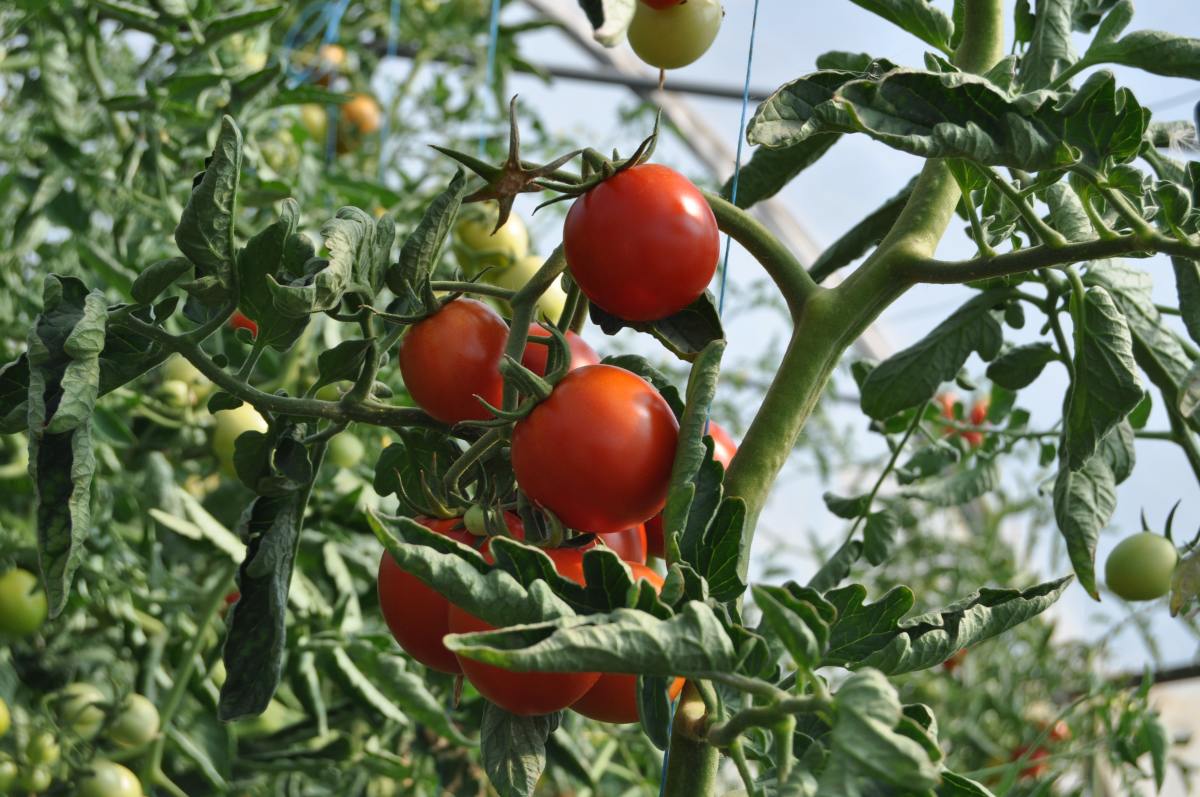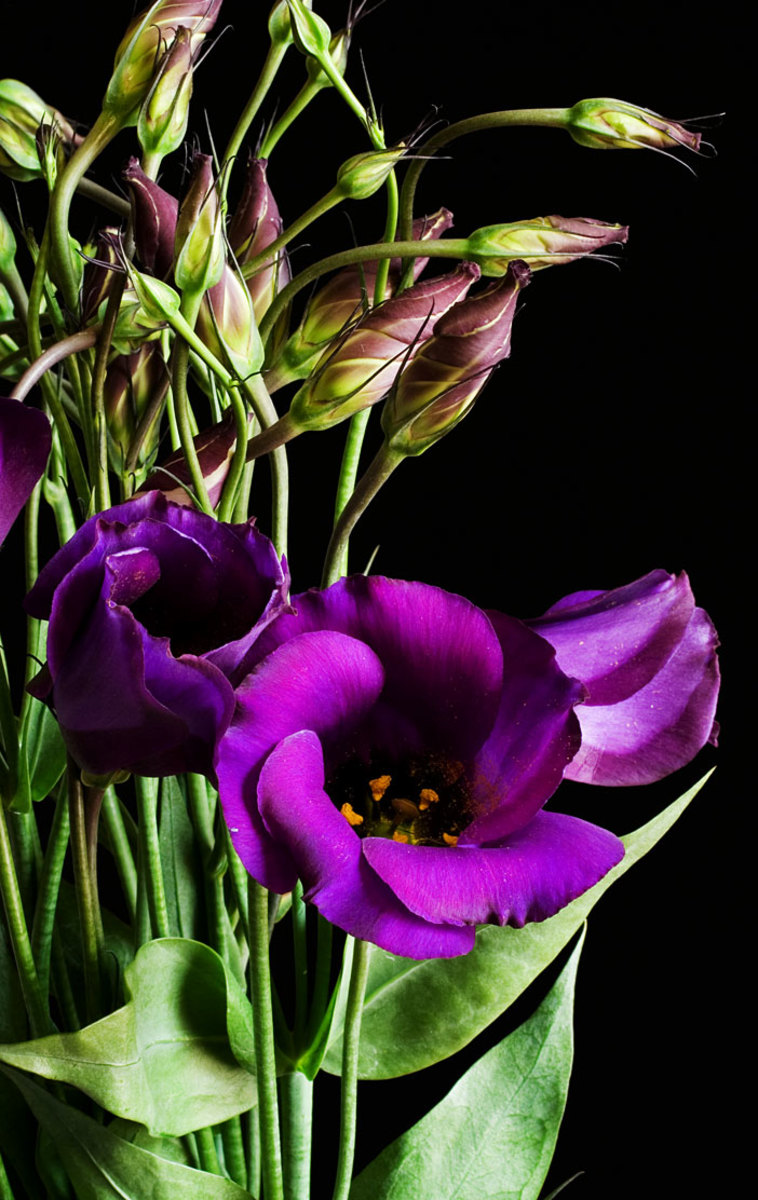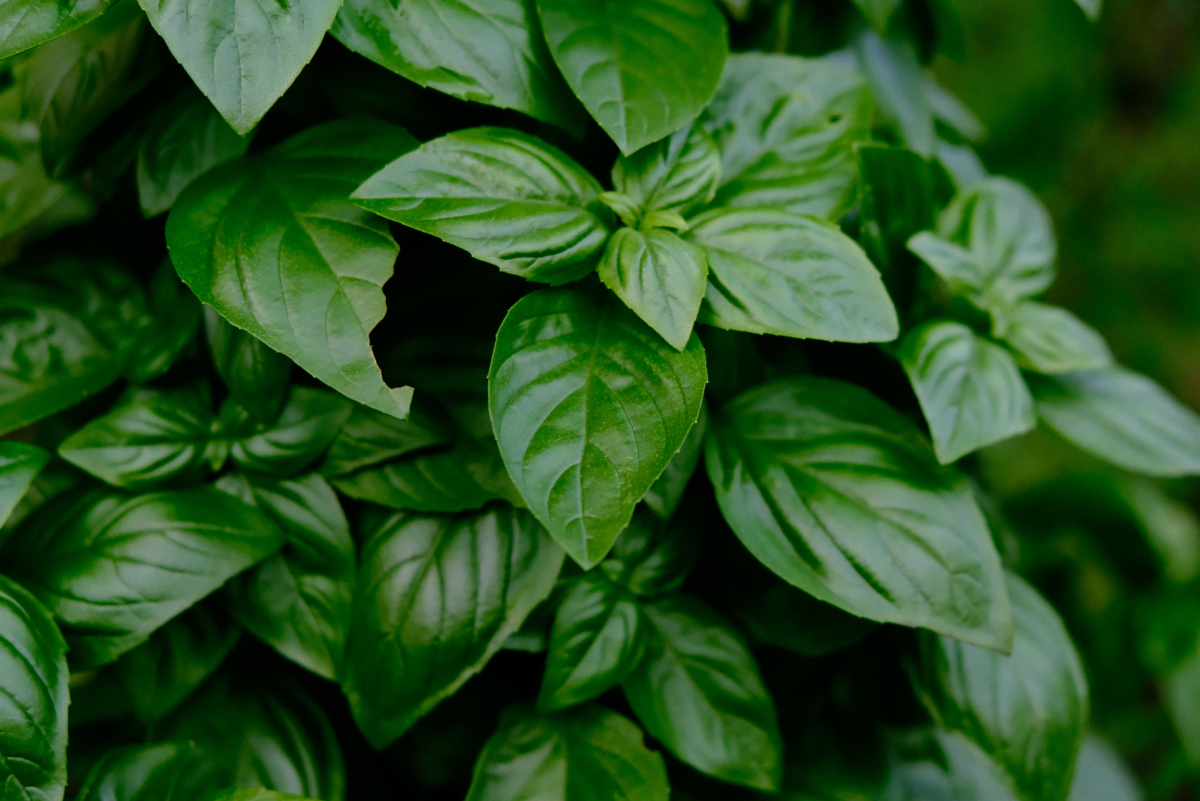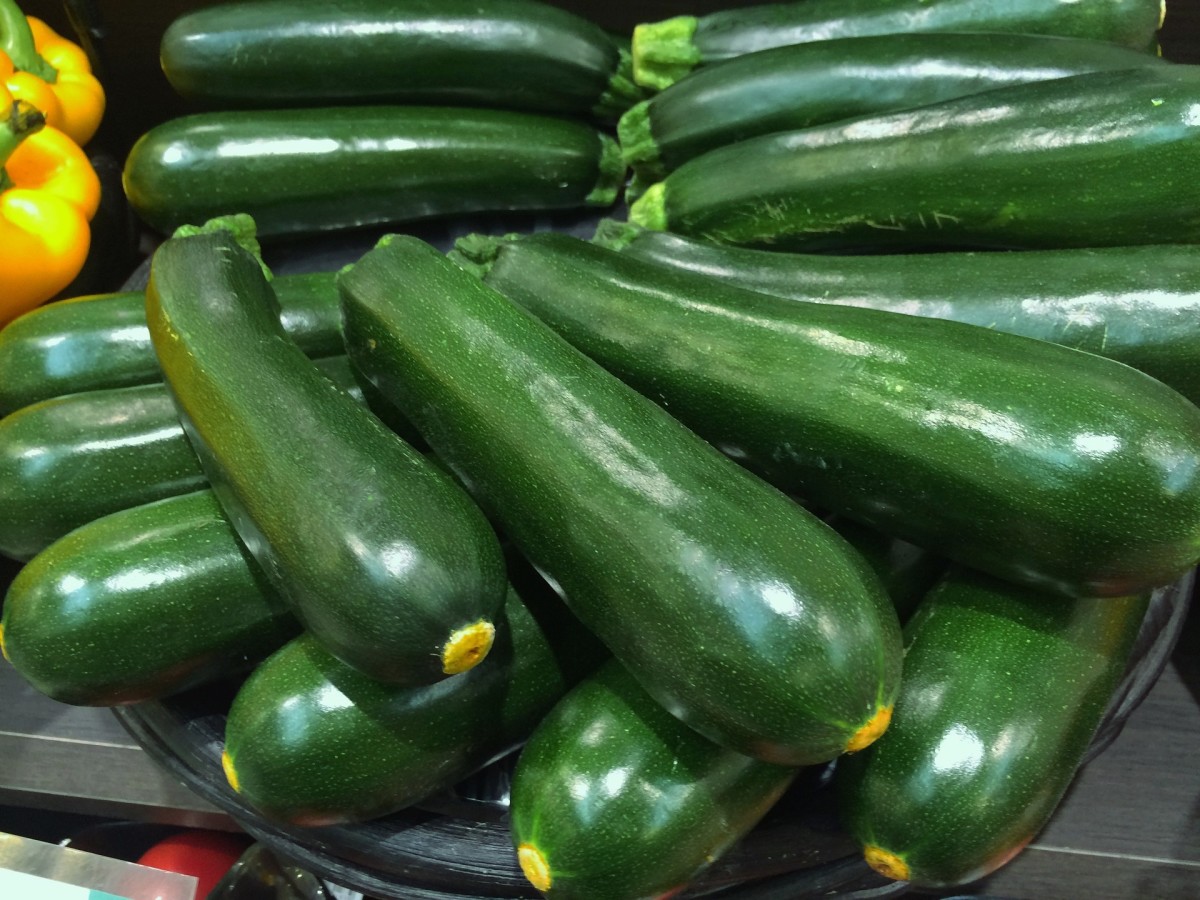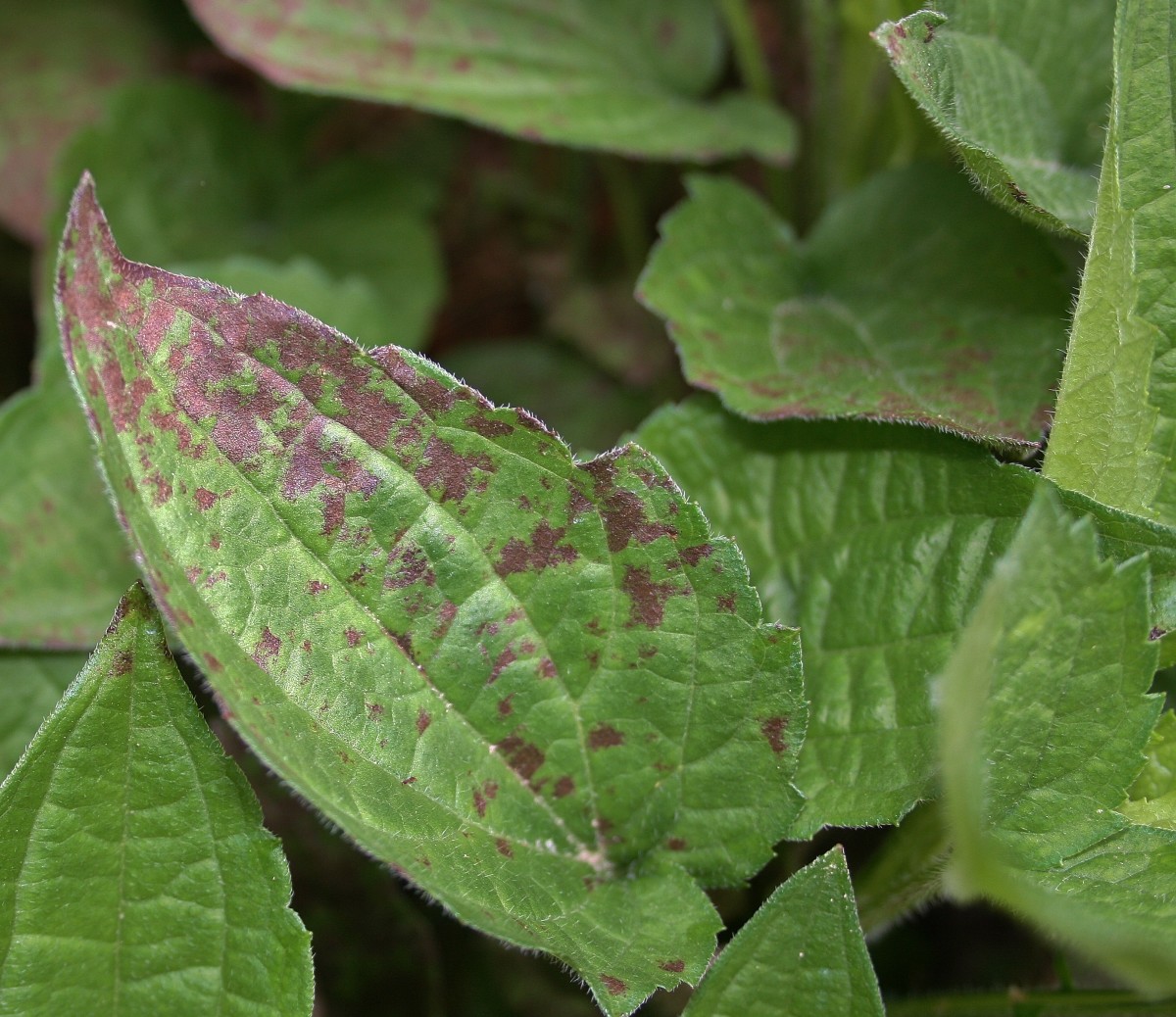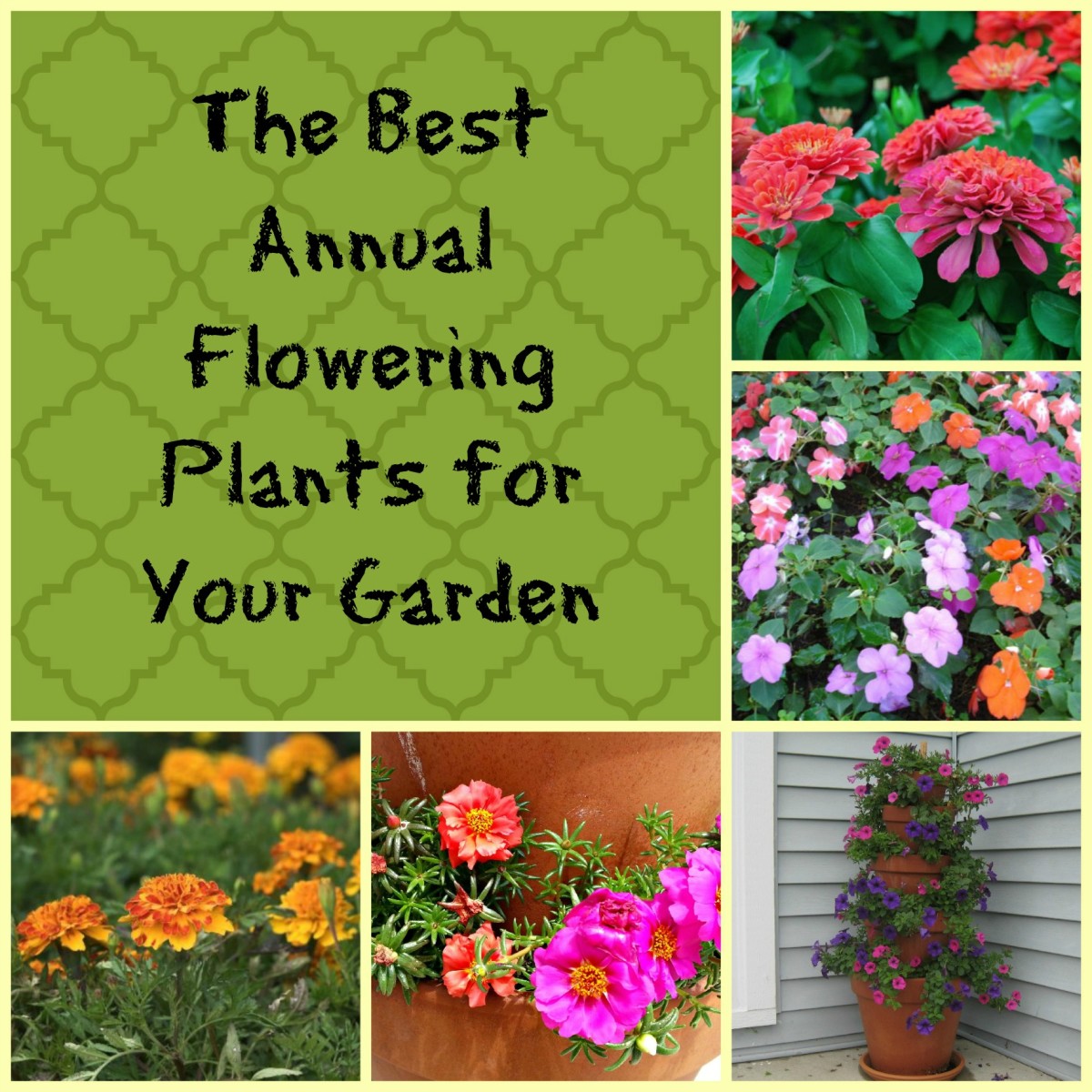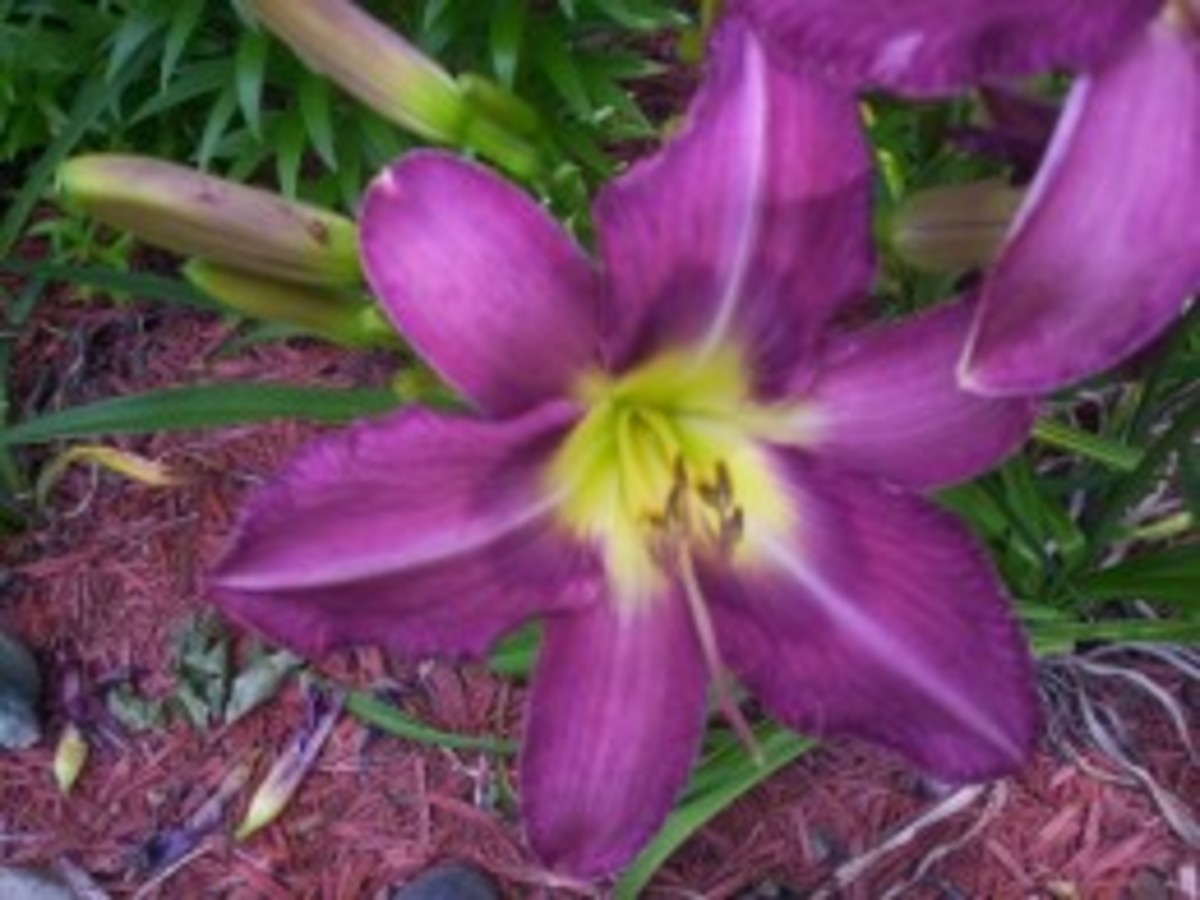How to Grow Poppies
What is a Poppy?
The poppy is formally known as papaveraceae, which includes just under 800 different species, and is found in most regions of the world, with the exception of the tropics, where there are very few of them.
Although some poppies are small trees and shrubs, the vast majority are herbaceous, and the overall species generates significant income globally because of its variety of uses.
In a number of countries the poppy is naturalized, and is viewed as one of among many wildflowers.
Even so, poppies are among the most popular flowers for those who garden, as they come in a wide variety of colors, and are annuals, biennials and perennials, adding to their appeal.
Along with being very desirable to gardeners, poppies are also used in the kitchen, specifically from the oil and seeds extracted from them. They are also used medically, and depending on where you live in the world, illegally, as they are used to make morphine, codeine, and opium.
They are also, for the most part, very easy to grow, although that can change some depending on the variety you choose to grow.

Flower Growing Tips
- How to Grow Hyacinth
Hyacinth is the popular name for Hyacinthus, which is a type of flower grown from bulbs. Some gardeners confuse hyacinths with what are called grape hyacinths, which are grown from seed. Those little flowers emerge early in the spring, but are of... - Growing Tips for Achimenes
Achimenes is a unique and beautiful flower which does best when potted, rather than planted in the ground. Even if you believe you can successfully plant achimenes outdoors, the conditions must be optimal for even the best of gardeners. Here are some - Bachelor Buttons Growing Tips
Bachelor Buttons, cornflower or boutonniere (Centaurea Cyanus), is an annual flower that is a terrific choice to plant if you're just starting to learn how to grow flowers, or if you want to encourage your children or grandchildren to adopt and... - Growing Beautiful Lilies
Lilies are one of the most beautiful and fulfilling flowers to grow. With just a few tips anyone can grow them well and be very successful with this particular flower variety. Not only are lilies fantastic to look at and a terrific addition to...
How to Grow a Poppy
Since poppies are grown from seed, they can either be started indoors or sown right into the soil.
Plants started indoors will do better, so that would probably be the best choice to make. If you're sowing them over a large area to create a nice showpiece, you could plant them by hand, scattering them over the area. The downside to that is the birds could eat up a lot of the seed, as they love poppy seed, which is used to feed birds by a lot of people.
To combat that, there are those in the cooler climates who will sow the seed right on the snow when its melting and wet. That protects the seed and gives more control to the sower because of that.
If you were to plant them on hard snow, the wind would kick up and the snow, along with the seeds, would be moved a lot, potentially creating very patchy areas. These seeds would also be susceptible to being eaten by birds before the snow melts, because they would be sitting on the hard surface.
Assuming you want to sow a large enough area to force you to sow them, you could place some type of mesh over them which will still allow the sun to get through and the seeds to take root and sprout. This mesh would have extremely small holes which would protect the vast majority of your seeds from birds.
Starting Poppies Indoors
Unless you're going to plant a larger area with a lot of seed, the best way to start your poppies growing is indoors.
Normally you should start the seeds about forty to sixty days before the average last frost in your region.
Use different pots to plant your poppy seeds, as some varieties don't transplant easily, and this helps you to safely remove them for the best chance at survival.
It also helps the plant to build up its root system with no entangling competition.
How to Grow Poppies - Video
More Flower Growing Tips
- How to Grow Great Geraniums
What is considered a very popular geranium we all know and recognize today, is in reality a pelargonium. Although that won't matter to most home gardeners who grow this wonderful flower, it is an interesting tidbit to know. In the 18th century... - Growing Tips for Lily Of The Valley
The lily of the valley is a perennial plant known for its little grouping of bell flowers on an eight inch to ten inch stem. They come out early in the spring and can bloom throughout the summer. Here's how to grow them. - How to Grow Amaryllis
Amaryllis are a gorgeous, bulbous flower which can be grown indoors or outdoors, with the majority of people that work with it preferring it more as an indoor flower, because that is where it appears to do the best. Other factors in relationship... - How to Grow Bugbane, Cimicifuga or Actaea
Before we get into some tips on how to successfully grow what is commonly identified as bugbane, we'll get into a little recent history that has resulted in the Latin name of the plant changing, which has caused confusion to some. While this has...
Transplanting Poppies
Some poppies are easier to transplant than others, and the way you identify this is in the length of the taproot.
If the taproot is longer, it is more difficult to transplant, and your percentage of success shrinks. That's a major reason why using separate pots or planting containers to start them in is so important.
It's also why you should always grow some extra so you can just pull one out to see the length of the taproot, and make up for those you are sure to lose.
To successfully transplant the poppy, push down into the pot as deeply as you can to scoop up the root or root system with your tool. That way you should get all of the taproot and not damage it, increasing the changes of the survival of the plant significantly.
If you're not sure of the type of poppy and the length of its taproot, just do this with all of them when transplanting, as it is one of those best practices that always ends with superior results.
With all this in mind, it is better to transplant poppies at an earlier stage if you can, as it reduces the chance of a longer taproot being so disruptive.
Where to Grow Poppies
Poppies can grow in almost any kind of soil, but they will do better where there is good drainage, and can at minimum enjoy a general dry environment.
If your soil needs some improvement, either get some new soil to mix with it, or add some compost if you have it.
Also plant them in either full sun or a slightly shady areas in the spring after you're sure the last frost is over. In the southern part of the United States, or where it's warmer, poppies do better when sown in the fall months.
Spacing of Plants
When sowing poppies in your garden or yard, spacing will differ because of the many varieties. But as a general rule of thumb, if you're growing them in a grouping, about 8" to 18" spacing works the best.
Check out the variety or varieties you choose to plant to see if they have a larger girth which would require expanded spacing.
Blooming Periods
As a general rule of thumb, mostly determined by the variety chosen, annual poppy plants will bloom in a range of 65 days to 90 days.
Perennial varieties take longer to bloom, so keep that in mind when making decisions on your poppy choices, especially the zone and resultant length of the growing season you have.
Tips for Growing Flowers
- How to Grow Ageratum Flowers
The ageratum is a wonderful addition to any landscaping plan for your garden or yard, as they have great looking flowers and can be inserted as filler for empty spots, or placed in groupings to offer magnificent color and variety. Here we'll low at h - How to Grow and the Benefits of Queen Anne’s Lace
It's unfortunate that so many people consider Queen Anne’s Lace more of an intrusive weed than the beautiful, useful plant that it is. That's not to say it can't spread and be a pest if it's not managed properly, but when placed in a part o - How to Grow Naked Lady or Amaryllis Belladonna
The naked lady is an amazing flower, which are also known as amaryllis belladonna, belladonna lily, Jersey lily, resurrection lily, magic lily, surprise lily or the March lily, depending on what part of the world you may live in. While naked... - Growing and Caring for Aster Flowers
Even though asters are part of the sunflower family, many gardeners believe they're part of the daisy family because of the close resemblance the flowers have to them. Asters come in perennial and annual varieties. The perennial varieties, as a...
Poppy Maintenance
One other thing that makes poppies so popular is the need for little maintenance.
They don't need a lot of water, and only after a period of dryness should you water the plants. Watch them of course to be sure of their condition, but be aware of how robust they are.
Concerning diseases and insects, poppies are also highly resistant, also making them need little help in that regard. Occasionally you may have to use a fungicide or insecticide of some sort, but overall, that is very rare, if ever.
To make the plants look better, you could fertilize them on a monthly basis to perk up their looks.
Mulching to keep weeds down is also another good practice for aesthetic purposes.
Finally, if you want to see the plant get new flowers, do some deadheading.
Harvesting Poppy Seeds
Having mentioned deadheading, be aware that this shouldn't be done if you're planning on harvesting seeds from your poppy plants.
If you want to harvest the seeds, first let the flower die off and dry up some. From there, cut off the seed pods and lay them out somewhere safe and flat to finish the drying process.
Then simply remove the seeds and store them for when you're ready to use them.
Poppies a Great Flower Choice for Your Garden and Yard
Because of their durability and resistance to dry weather, insects and diseases, poppies make a fantastic choice as part of your yard or garden landscaping.
Add to that the amazing variety of sizes and color, and you have an absolute winner that is a no-brainer.
The only real challenge for those growing poppies is in the transplanting process, which in most cases, you're bound to lose a few.
As mentioned earlier, that can easily be combated by best practices and growing some extra to make up for the expected loses.
Other than that, there is no reason not to carefully consider using poppies as one of the flowers to make your yard and garden look great. Millions around the world have done so, and few have ever regretted it.


